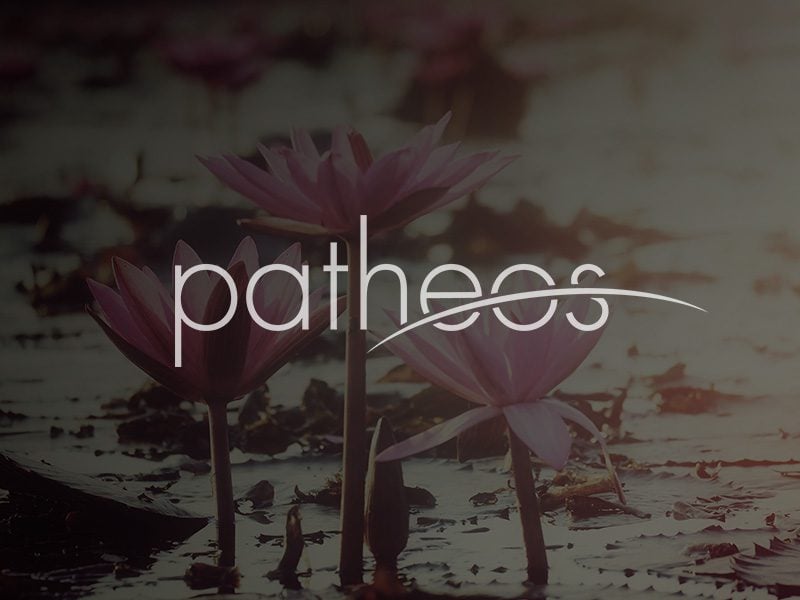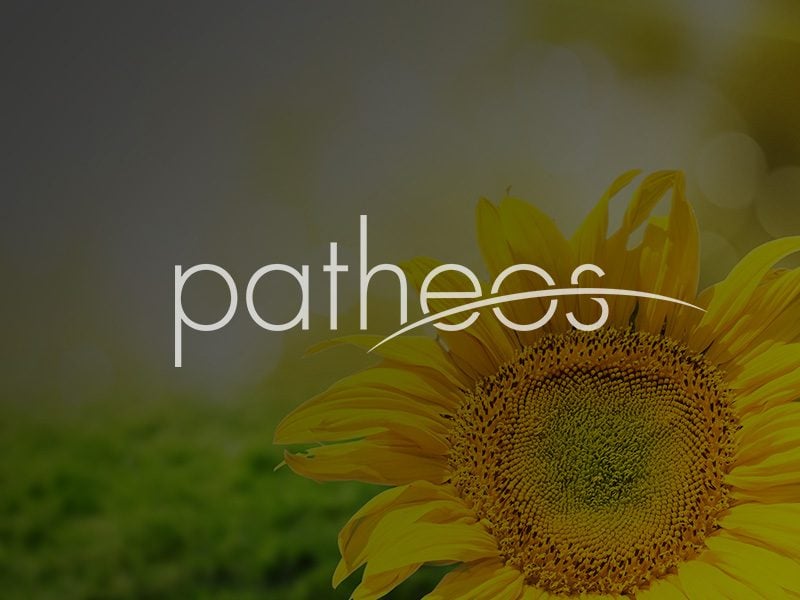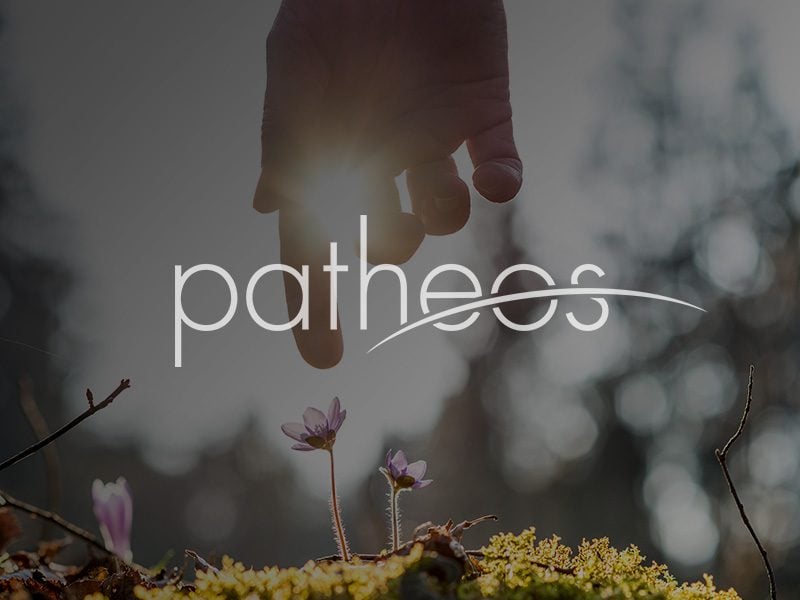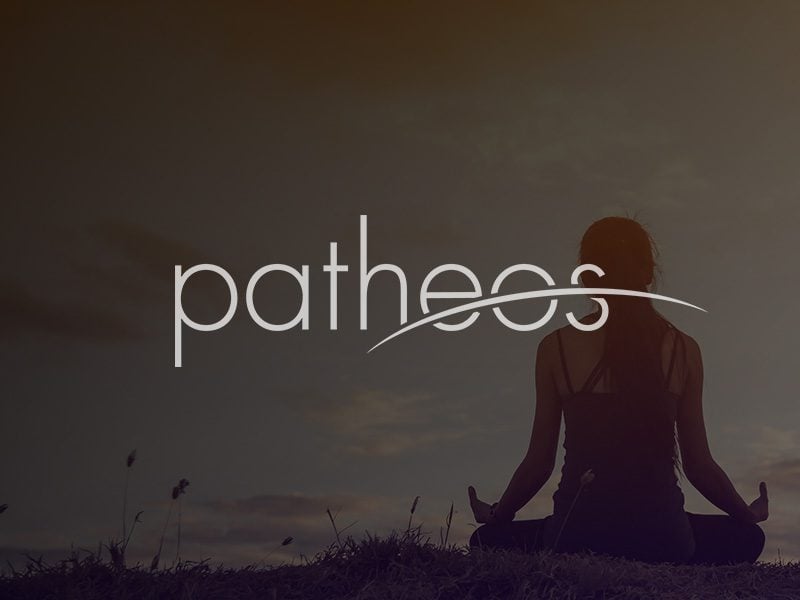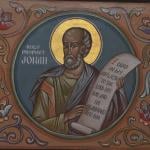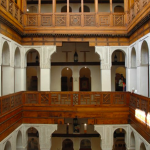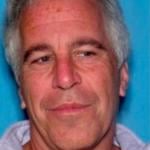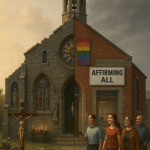Last updated on: May 10, 2017 at 11:56 am
By
CNA Daily News
Vatican City, May 10, 2017 / 05:56 am (CNA/EWTN News).- Days before his trip to Fatima, Pope Francis said Mary’s ‘yes’ at the Annunciation was more than a yes to bearing the Son of God, but was also an acceptance of everything she would endure after – something every mother experiences with a new child. “It was not easy to answer with a ‘yes’ to the angel's invitation; yet she, a woman still in the flower of youth, answers with courage, despite not knowing anything about the fate that awaited her.” “Mary at that moment looks like one of the many mothers of our world, brave to the extreme when it comes to welcoming in her womb the story of a new human being who is growing,” he said May 10. Her ‘yes’ to the angel at the Annunciation was just the first step “in a long list of obedience” leading to the moment she stands at the foot of her Son’s cross, the Pope said. During his general audience, Pope Francis centered his catechesis on the few lines from the Gospel of John that describe Mary “standing by the cross of Jesus.” Though Mary is largely a silent figure in the Gospels, she listens and “ponders every word and every event in her heart.” “The Gospels are laconic, and extremely subtle. They record with a simple verb the presence of the Mother: She ‘was standing,’ she was standing,” he said, noting that “nothing is said of her reaction: if she weeps, if she does not weep ... nothing; not even a brushstroke to describe her grief.” Throughout history poets and painters have imagined this moment in art and literature, “but the Gospels just say, she was ‘standing.’ She was there, in the worst moment, in the cruelest time, and suffered with her son,” but “she was standing,” Francis said. Though there had been a “slow eclipse” of her presence in the Gospels, she returns at this crucial moment when many others had fled. “Mothers do not betray, and at that moment, at the foot of the cross, none of us can say whose was the cruelest passion; whether that of an innocent man who dies on the scaffold of the cross, or the agony of a mother who accompanies the last moments of her son's life,” he said. And she doesn’t get angry or protest: she simply stands and listens, Pope Francis said, pointing to the relationship between listening and the virtue of hope. Despite everything, even the “deepest darkness,” Mary does not leave, but stands faithfully, he said. “That's why we all love her as a Mother...We are not orphans: we have a Mother in heaven, who is the Holy Mother of God.” Mary, he said, teaches to us “the virtue of waiting, even when everything seems meaningless: she is always confident in the mystery of God.” Even though she didn’t know what the outcome of her Son’s Passion would be, she is loyal to the plan of God, just as she promised to the angel “on the first day of her vocation,” Francis said, explaining that it is also part of her motherly instinct to suffer for her child. “The suffering of mothers: We have all known strong women that braved the many sufferings of their children!” he said. Even in the first days of the Church, before Christ’s resurrection is known and the disciples are all afraid, the “Mother of Hope” stays, Francis said. “She was simply there, in the most normal of ways, as if it were a natural thing.” Thus, he concluded, “in moments of difficulty, Mary, the Mother Jesus has given to us all, can always support our steps, can always say to our heart: ‘Get up! Look ahead, look at the horizon,’ because she is a Mother of Hope.” Read more

